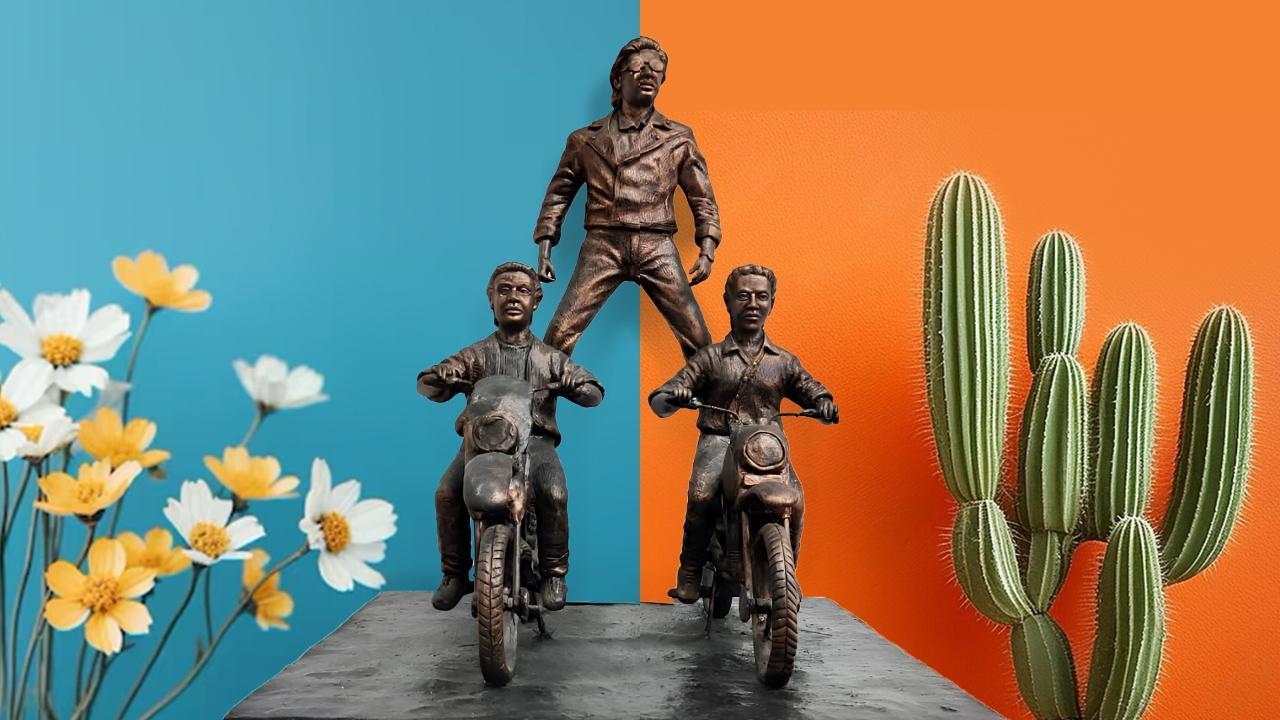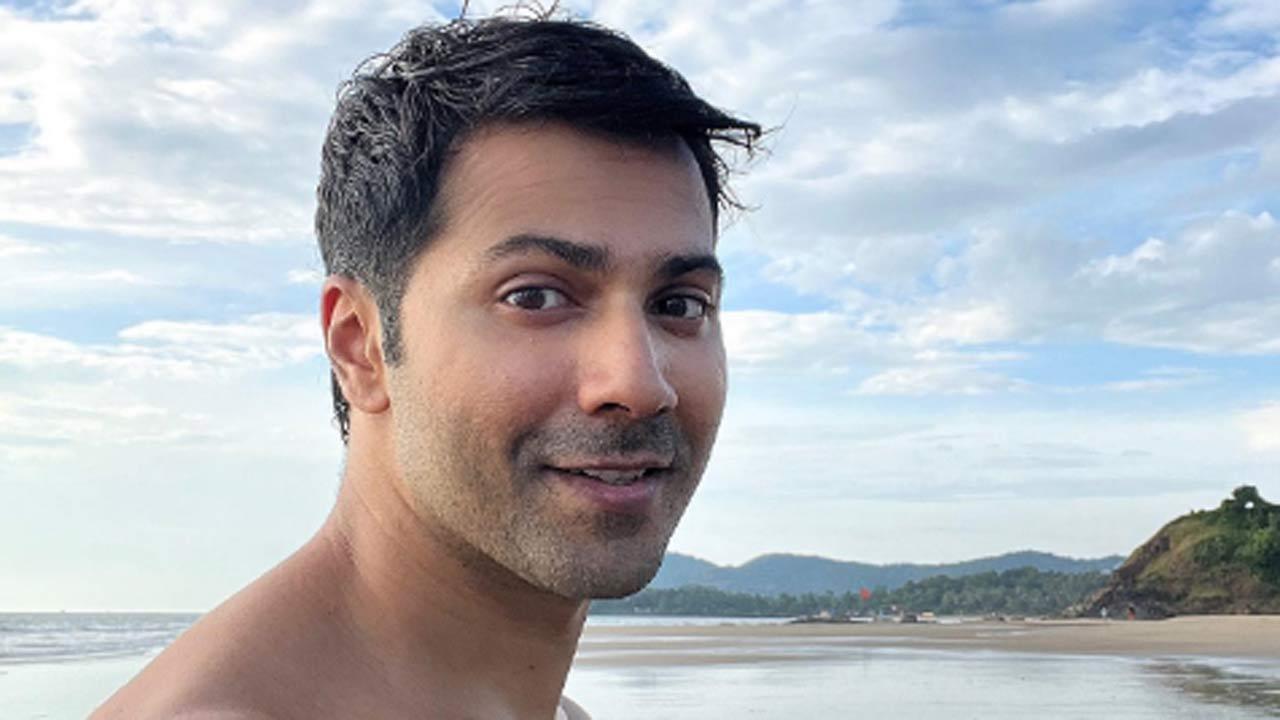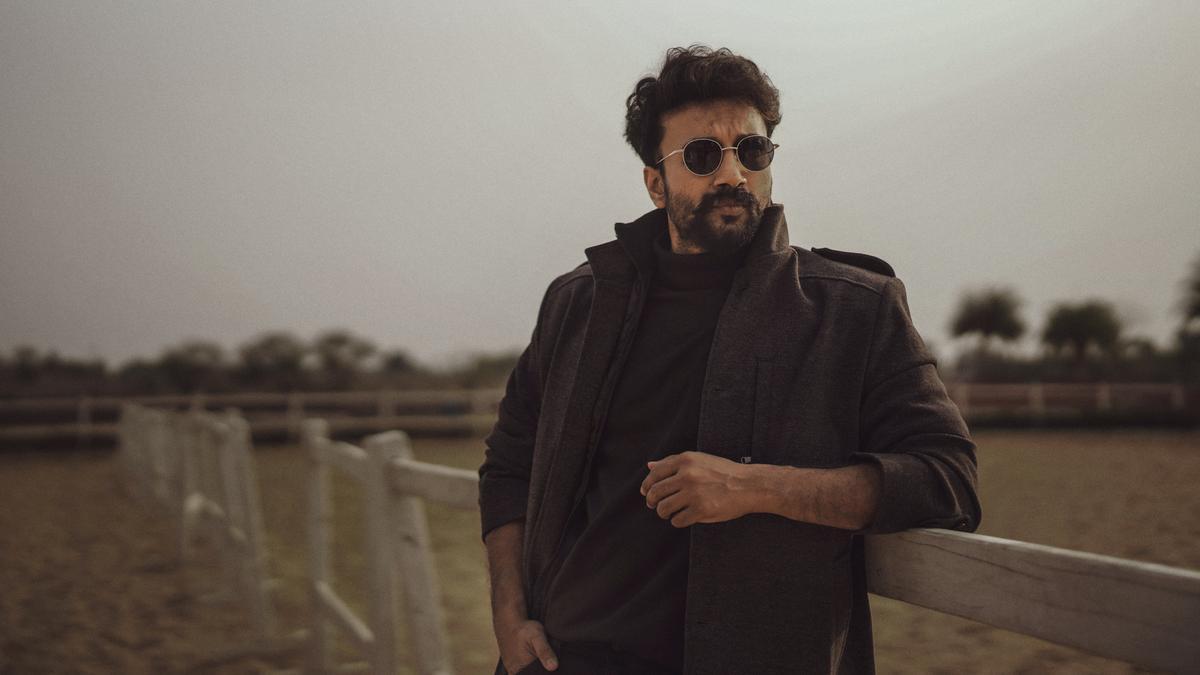
When you mention the word ‘ghazal’, what often comes to mind are the timeless verses of Mirza Ghalib and the hauntingly beautiful voices of legendary singers like Mehdi Hasan, Farida Khanum, Ghulam Ali, and Jagjit Singh. Ghazal is a celebrated confluence of poetry and music, typically resonating in the northern regions of India. However, it has long been grappling with challenges, struggling to captivate audiences as it once did. Yet, in recent times, this cherished form has defied conventions and transcended cultural boundaries to find a new and enthusiastic audience in the southern Indian state of Kerala, traditionally dominated by Carnatic music.
The advent of ghazals in Kerala is largely credited to the efforts of musician-composer Umbayee, who is renowned for his unique style of singing. Umbayee didn’t merely introduce ghazals to the music-lovers of Kerala but also pioneered the integration of ghazal compositions in the Malayalam language.
Despite his groundbreaking efforts, Umbayee faced considerable resistance from the music industry. Many poets were initially reluctant to write for him out of concern that the essence of ghazals might be compromised when rendered in Malayalam. They feared that the genre, rich with its specific cultural and linguistic nuances, might lose its original flavor. However, Umbayee remained steadfast in his conviction that the emotions of love, longing, and heartbreak, which are integral to ghazals, are universal and can be expressed in any language. Fueled by this belief, he persevered and managed to singlehandedly establish the genre in Kerala. The success he garnered inspired other artists in the state to follow in his footsteps.
Noteworthy among the artists who have embraced this musical trend is ghazal singer Raaza Razaq. According to Raaza, Kerala’s interpretation of the form may not always adhere strictly to the traditional ghazal structures such as radif (where each couplet ends on the same word or phrase), qafia (repeating pattern of words), and maqta (the concluding couplet), but the emotions conveyed in the poetry resonate deeply with the audiences. Raaza, who is soon to release an album featuring ghazals that reflect his personal thoughts, notes that people have started to appreciate and enjoy the emotive power of ghazals.
Contributions from musicians like M. S.
. Baburaj and P. Bhaskaran have also played a significant role in popularizing ghazals in Kerala. The appeal of their ghazals lies prominently in the use of Hindustani raags, which add a distinctive depth and texture to the music.
Another prominent figure in the Malayalam ghazal scene is Sunitha Nedungadi, who is known for her adaptations of poetry by literary stalwarts such as Sugathakumari, Vayalar, and P. Kunhiraman Nair to the ghazal format. According to Sunitha, ghazals have evolved from themes of love and spirituality to address more contemporary issues. However, she also expresses caution about translating ghazals from Urdu and Farsi into Malayalam, fearing that the essence of the original poetry might be lost in translation.
Early ghazal performances typically featured traditional instruments like the harmonium, tabla, sarangi, and oud. Over time, the inclusion of other instruments such as the flute and guitar has provided a contemporary sensibility to the music. The evolution in musical arrangement reflects a broader trend of integrating modern poetic works into ghazal performances, allowing the compositions to resonate with a wider audience. This modern approach to ghazal performances, where the rendering of poetry in front of a live audience not only conveys the meaning of the lyrics but also the energy and mood of the performer, has become a crucial element of the genre’s appeal.
As Ahmed Mueenudheen, a ghazal lyricist, aptly puts it, “Ghazal is the language of the heart.” This sentiment is echoed in the simplicity and emotional depth that characterize Malayalam ghazals today. The use of colloquial expressions and accessible language has helped the genre reach a broader audience, transcending linguistic barriers to find solace and resonance in its new cultural home.
In conclusion, the adoption and growth of ghazals in Kerala signify more than just a musical trend; they represent a cultural convergence where the universal themes of love and longing have bridged the gap between different linguistic and musical traditions. This evolving narrative showcases how an art form rooted in a distinct cultural context can find a new life and audience far from its origins, while still retaining its core essence.










